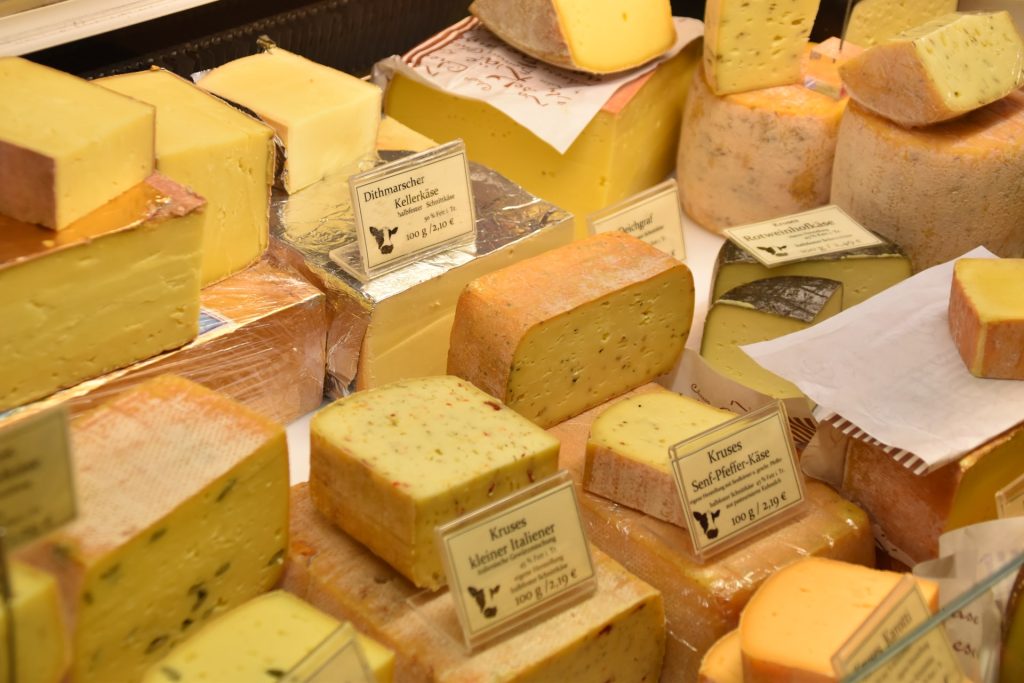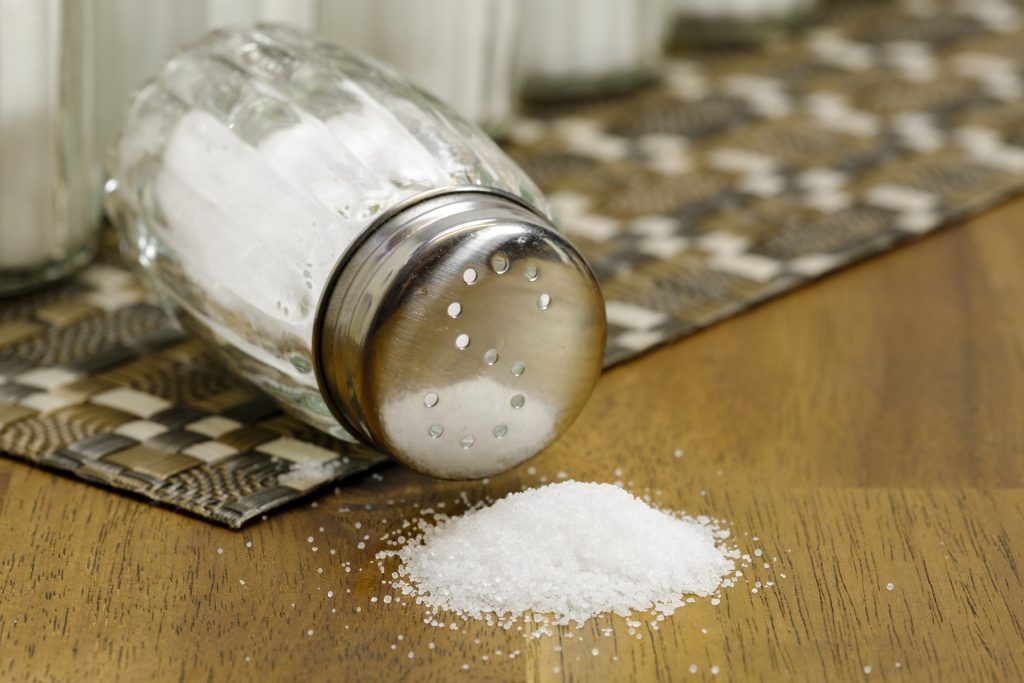High Fat Dairy Intake not Tied to CVD Risk

In a study of countries with high dairy consumption, higher intakes of dairy fat, as measured by bloodstream levels of fatty acids, had a lower risk of cardiovascular disease (CVD) compared to those with low intakes. Higher intakes of dairy fat were not linked to an increased mortality risk.
In a study published in PLoS Medicine, researchers combined results from 4000 Swedish adults with those from 17 similar studies in other countries, creating the most comprehensive evidence to date on the relationship between this more objective measure of dairy fat consumption, risk of and death.
Dr Matti Marklund from The George Institute for Global Health, Johns Hopkins Bloomberg School of Public Health, and Uppsala University said that with rising dairy consumption around the world, a better understanding of the health impact was needed.
“Many studies have relied on people being able to remember and record the amounts and types of dairy foods they’ve eaten, which is especially difficult given that dairy is commonly used in a variety of foods.
“Instead, we measured blood levels of certain fatty acids, or fat ‘building blocks’ that are found in dairy foods, which gives a more objective measure of dairy fat intake that doesn’t rely on memory or the quality of food databases,” he added.
“We found those with the highest levels actually had the lowest risk of CVD. These relationships are highly interesting, but we need further studies to better understand the full health impact of dairy fats and dairy foods.”
Sweden has one of the world’s highest consumption of dairy. An international team of researchers assessed dairy fat consumption in 4150 Swedish 60-year-olds by measuring blood levels of a particular fatty acid that is mainly found in dairy foods and therefore can be used to reflect intake of dairy fat.
The participants were then followed up for an average of 16 years, recording heart attacks, strokes and other serious circulatory events, and all cause mortality.
After adjustment for other known CVD risk factors including things like age, income, lifestyle, dietary habits, and other diseases, the CVD risk was lowest for those with high levels of the fatty acid (which reflects a high intake of dairy fats). Those with the highest levels had no increased all-cause mortality risk.
These findings highlight the uncertainty of evidence in this area, which is reflected in dietary guidelines, noted Dr Marklund.
“While some dietary guidelines continue to suggest consumers choose low-fat dairy products, others have moved away from that advice, instead suggesting dairy can be part of a healthy diet with an emphasis on selecting certain dairy foods — for example, yoghurt rather than butter — or avoiding sweetened dairy products that are loaded with added sugar,” he said.
Combining these results with 17 other studies with a total of almost 43 000 participants from the US, Denmark, and the UK confirmed these findings in other populations.
“While the findings may be partly influenced by factors other than dairy fat, our study does not suggest any harm of dairy fat per se,” Dr. Marklund said.
Lead author Dr Kathy Trieu from The George Institute for Global Health pointed out that consumption of some dairy products, especially fermented products, have been shown to be linked to cardiovascular benefits.
“Increasing evidence suggests that the health impact of dairy foods may be more dependent on the type — such as cheese, yoghurt, milk, and butter — rather than the fat content, which has raised doubts if avoidance of dairy fats overall is beneficial for cardiovascular health,” she said.
“Our study suggests that cutting down on dairy fat or avoiding dairy altogether might not be the best choice for heart health.”
“It is important to remember that although dairy foods can be rich in saturated fat, they are also rich in many other nutrients and can be a part of a healthy diet. However, other fats like those found in seafood, nuts, and non-tropical vegetable oils can have greater health benefits than dairy fats,” Dr Trieu added.




